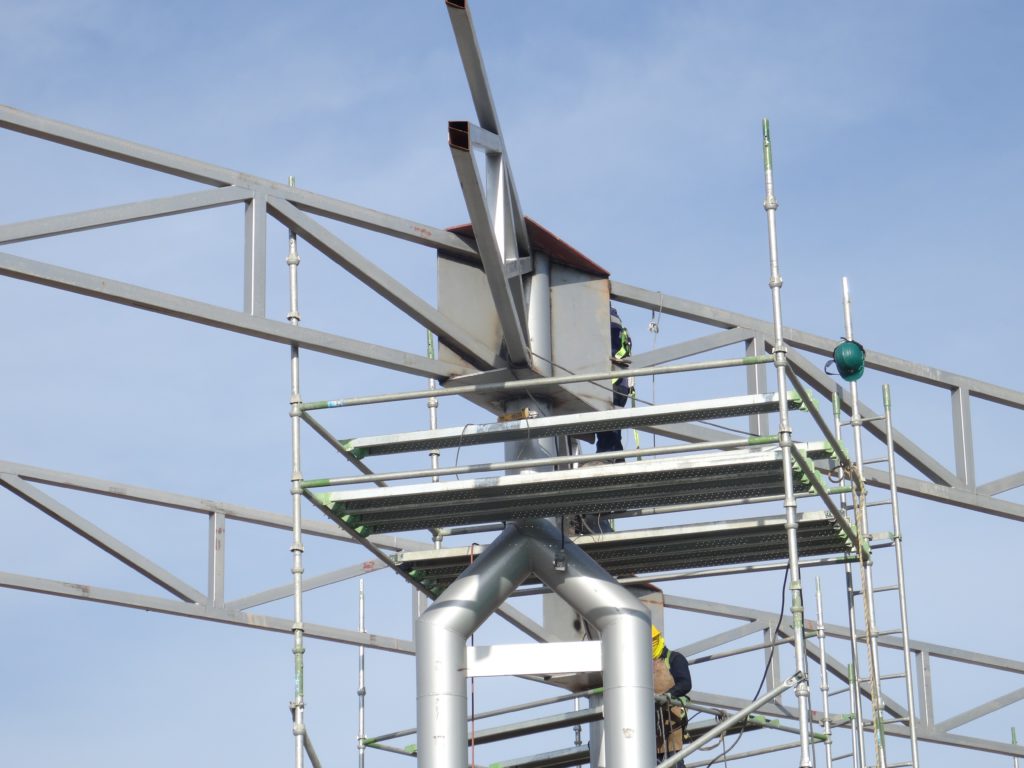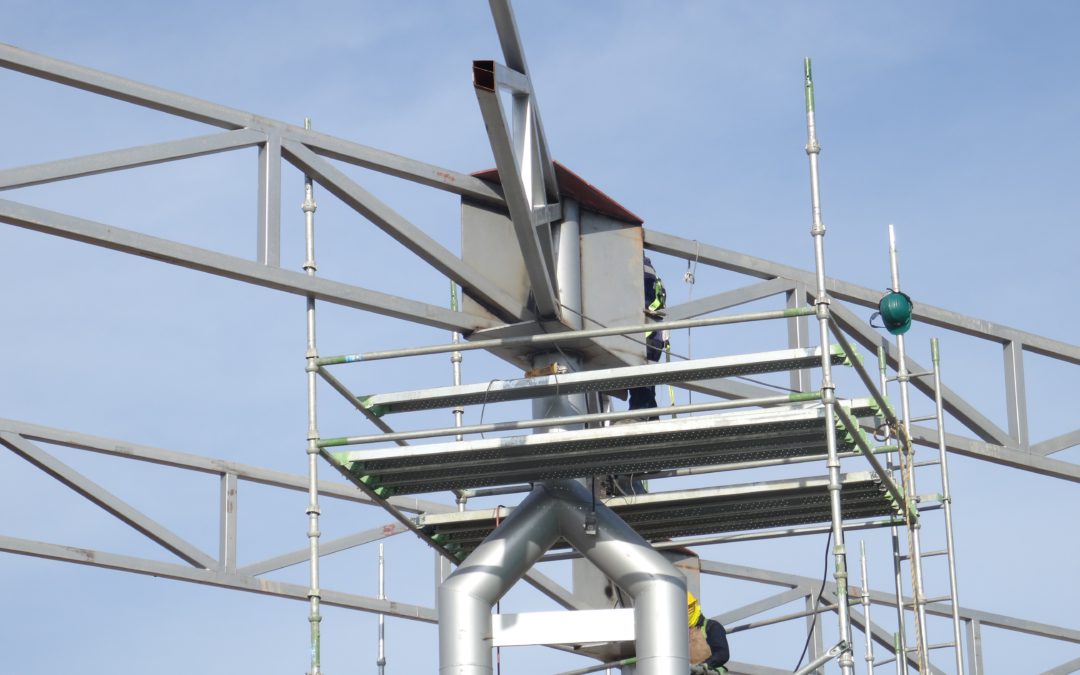Over the past decades, safety maturity has often been linked to the behaviour of people on the ground, with a very high focus on the people performing a job. However, the development and maintenance of a solid safety management system has received much less attention, even though it is the foundation for influencing the behaviour of people and for engaging people in the safety efforts deployed.
To refer to the fairy tale of the Three little pigs, some organisations have built a safety house or safety management system of sticks or straw, and they expect the operational teams to compensate this deliberate choice with their (safe) behaviour and (safety) culture. Others built a house of bricks, but it falls to ruins due to their lack of focus on maintenance and updates. When you have a house built of sticks or straw, hazards and risks will break through the weak barriers you have created and accidents will inevitably happen.

An example to explain the context described above relates to scaffolding. Often, companies take the following position regarding scaffold safety:
• Scaffolding is not our core business and we do not have the in-house knowledge to ensure that our scaffolds are safe for use. So we hire a professional scaffolding building company to build and maintain our scaffolds. This company is responsible to put green (safe) or red (unsafe) tags at the entrance of our scaffolds, indicating the status of the scaffold to its users.
• People using a scaffold are obliged to do a visual check before using it
This approach is rather passive and the management process is clearly incomplete and ineffective. The following comments apply (non-limitative list):
• There is a total reliance on external stakeholders, i.e. the scaffolding builder and the contractors using the scaffold, to ensure that scaffolds are safe.
• In some cases, the scaffolding company is not hired because it delivers the best quality, but rather because it is the cheapest
• If the site does not have the required experience/knowledge to manage scaffolding safety, why would we expect general contractors to have the in-house experience and knowledge to check a scaffold before use
• Management of change is critical in scaffolding safety, based on the principle that only the scaffolding builder is allowed to change the scaffold. This requires the contracting organisation to actively manage and audit its scaffolds, and to engage directly with all using the scaffold. Communicating, instructing and enforcing the principles of management of change is only possible if the organisation has an overview of all activities, so it must be done by the contracting firm
• Typically, scaffold auditing is limited to verifying if the scaffold has a tag, and if it is filled in and signed properly. A thorough audit and auditor verifies the correctness of the status of the tag. If the tag is green, the auditor(s) needs to verify whether all conditions are met to classify the scaffold as “green”. That will require the auditor to go on the scaffold and to visit the areas where people are at work.

A mature company will document a scaffolding safety management process, dealing with all the elements listed above. The management of the contracting firm should ask the following questions (non-limitative list):
• How does our scaffolding management process ensure that:
– We hire competent and reliable scaffolding companies, and we manage the performance of our scaffolding builders throughout the entire period they work for us
– We have a realistic and correct picture of the reliability of our scaffolds at all times, provided by a competent and independent party (not the scaffolding building company)
– We engage all people involved in working on/in the proximity of scaffolds, we communicate and explain the risks involved (scaffold collapsing, people falling from scaffold, falling objects, …) and share our procedures (housekeeping, management of change, …)
– Through our permit system, we actively and continuously manage co-activity, as we are the only party with a helicopter view
– Whenever we issue a permit to work, the permit issuer is obliged to verify the situation on the ground, and to check whether the permit reflects the actual situation on the ground
– We audit all on-site scaffolds on a regular basis. Audits are thorough and executed by competent auditors, and the objective of these audits is to verify whether the scaffold is safe to work on. Audit results are discussed by management and the contractors, continuous improvement actions are agreed upon and close-out of actions is monitored by the contracting company
I see similar challenges for other safety processes, like Lock-Out-Tag-Out, confined space entry and many others. Working on and improving the cultural maturity of your organisation will only work if you have a framework to work in and to work with, and this framework consists of your individual and documented safety management processes. All these processes together form your safety management system, the foundation and the reference framework for all your safety improvement efforts.
One excellent way of building and improving your safety management system is by actively involving your operational teams and your contractors. This will double the impact of your efforts: on the one hand you will reinforce your management system and, simultaneously, you will create and grow your safety culture by making your operational stakeholders more aware, more competent and more motivated to work safely.
Early September, I will publish a more general article on growing your safety maturity by developing both your safety management system and your safety culture. An imbalance in the maturity of these sub-elements will hinder you in your progress towards improved safety performance.
For questions with respect to safety maturity, safety management systems and/or safety culture, please do not hesitate to contact us.
We wish everyone a safe and relaxing summer, and we look forward to reconnecting early September.
Siegfried Michiels
Director-Founder
Executive Safety Solutions

